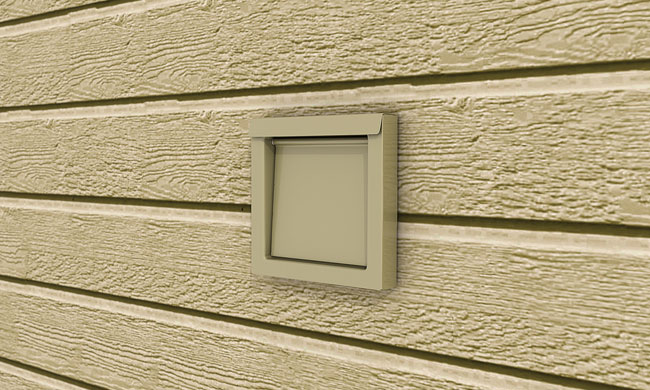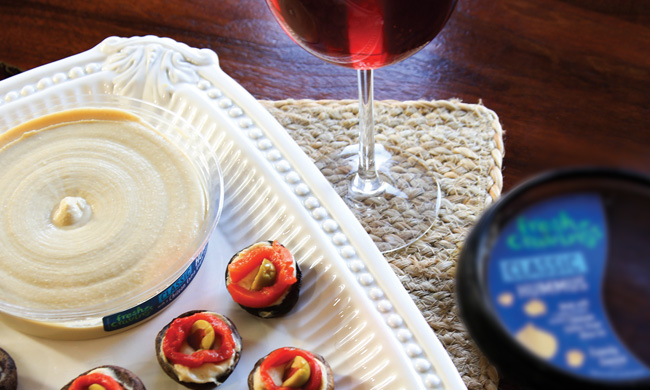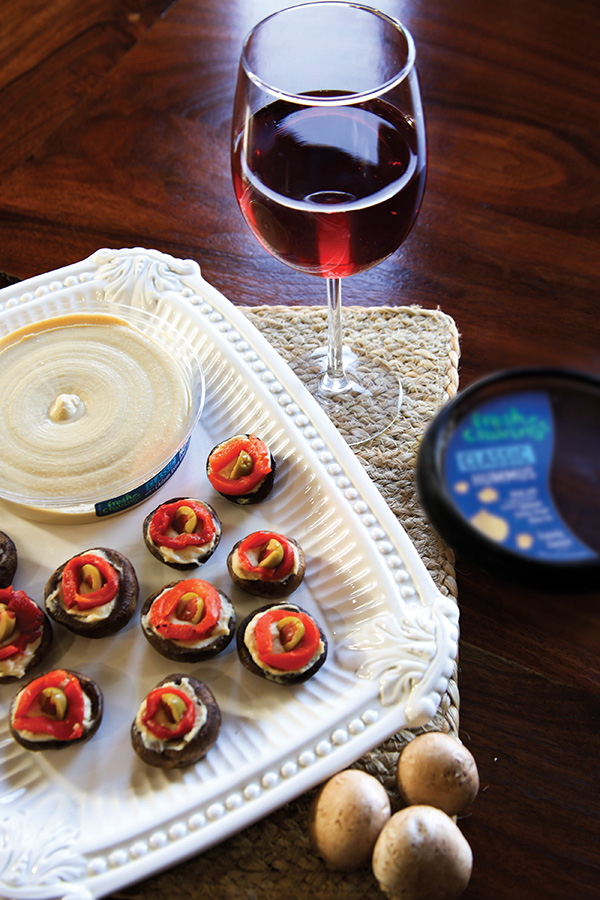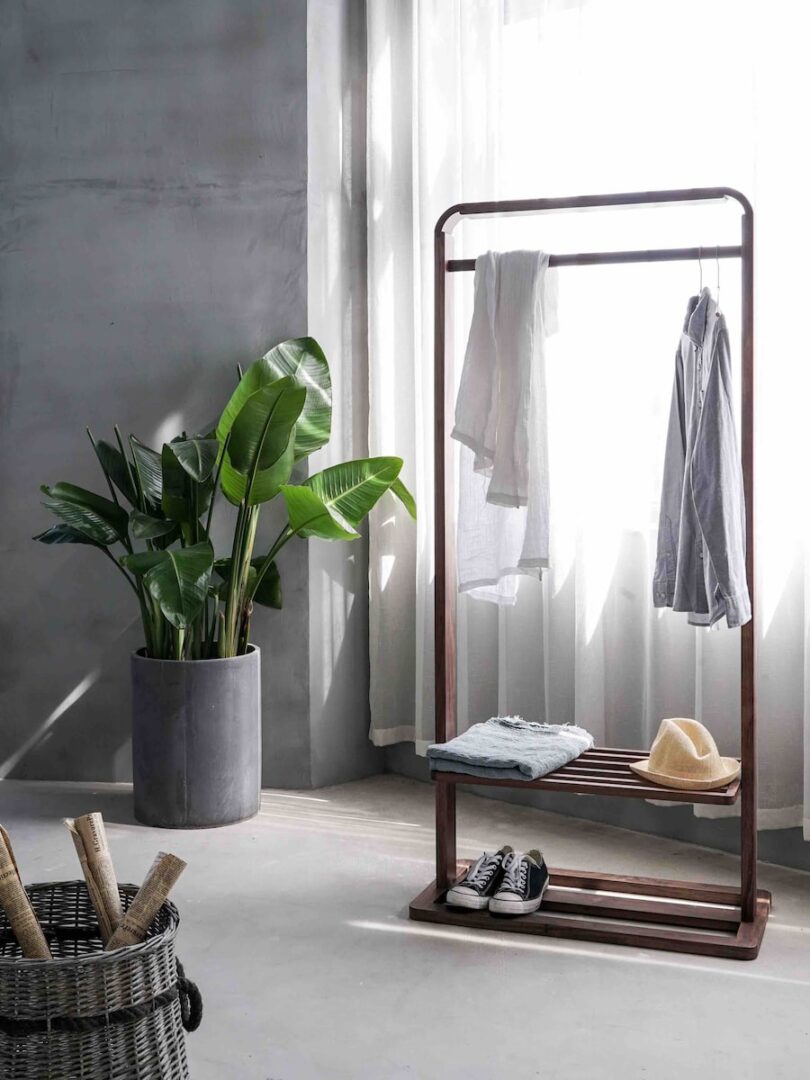
Wyoming News
As parents, one of your top priorities is the safety and well-being of your children. With all the potential pitfalls of day-to-day life, however, navigating the risks can be difficult.
These everyday safety tips can help you navigate everything from car seat safety to baby-proofing and safe sleep, keeping your child out of harm’s way as much as possible from birth through his or her toddler years.
Car Seat Safety
- Always use a valid (typically less than 6 years old), federally approved car seat in motor vehicles.
- Ensure the seat is properly installed. Refer to the instruction manual with any questions.
- If you use an infant carrier, strap your child in on the floor, never a counter or tabletop.
- For at least the first two years of your child’s life, the car seat should be rear-facing.
- The safest location for a car seat is in the middle of the back seat.
Choking Prevention
- Avoid giving your child nuts, popcorn, hard candies, hot dogs and raw fruits and vegetables, such as grapes or carrots, that may present a choking hazard.
- Never prop up a bottle and leave your baby unattended.
- Inspect toys often to ensure they’re not broken and do not have small pieces that could easily become detached.
- Be cautious of strings and buttons on clothing.
Safe Sleep
- The safest place for your baby to sleep is on his or her back, which reduces the risk for Sudden Infant Death Syndrome (SIDS).
- Avoid placing anything in the crib or bassinet that may suffocate your child, such as pillows, blankets or bumpers.
- Keep your child’s room at a moderate temperature and dress him or her appropriately to avoid overheating.
- Never leave your baby alone on a bed, couch, changing table, swing or infant seat.
Water Safety
- Set your hot water heater no higher than 120 F.
- Test the temperature of bath water before setting your baby in the tub.
- Never leave your baby unattended in the bathtub.
- Keep toilet lids down and consider installing toilet lid locks.
Baby-Proofing
- Install smoke and carbon monoxide detectors on every level of your home and in every sleeping area.
- Secure cords on blinds and drapes out of reach.
- Keep sharp objects, such as knives, scissors and tools, and other hazardous items, like coins, beads and pins, in a secure place out of baby’s reach.
- Store cleaning products and medications in locked cabinets. Never store potentially toxic substances in containers that could be mistaken for food or drink.
- Cover all electrical outlets.
- Cushion hard edges and sharp corners of furniture and decor.
- Secure cords to electrical items along baseboards using electrical tape.
- Attach heavy or tall furniture to the wall and avoid placing items that could fall, like electronics or lamps, on top of dressers or shelves.
- Install safety gates with straight, vertical slats securely in front of all stairwells.
Find more tips and ideas to keep your children safe at home and on the go at eLivingtoday.com.
Photo courtesy of Getty Images
SOURCE:
eLivingtoday.com





















